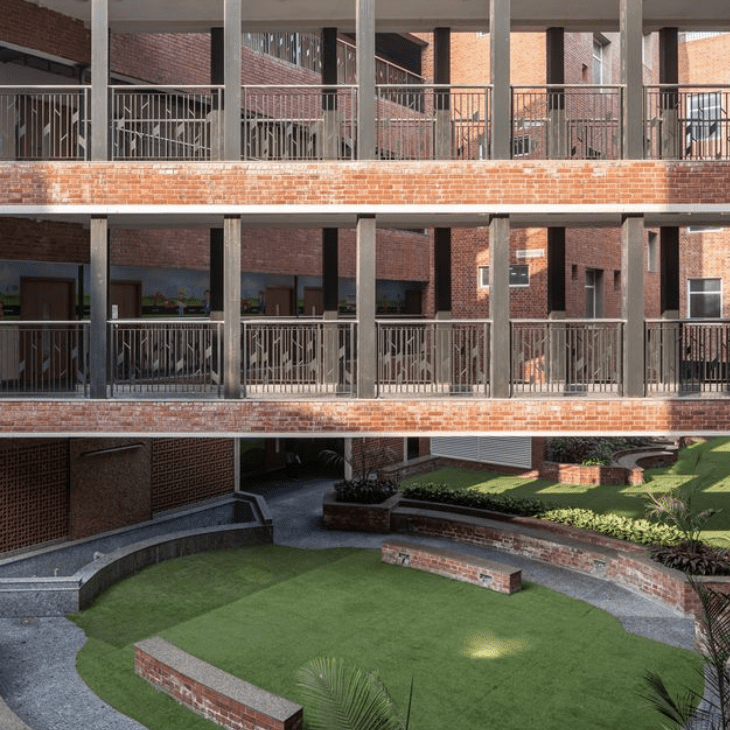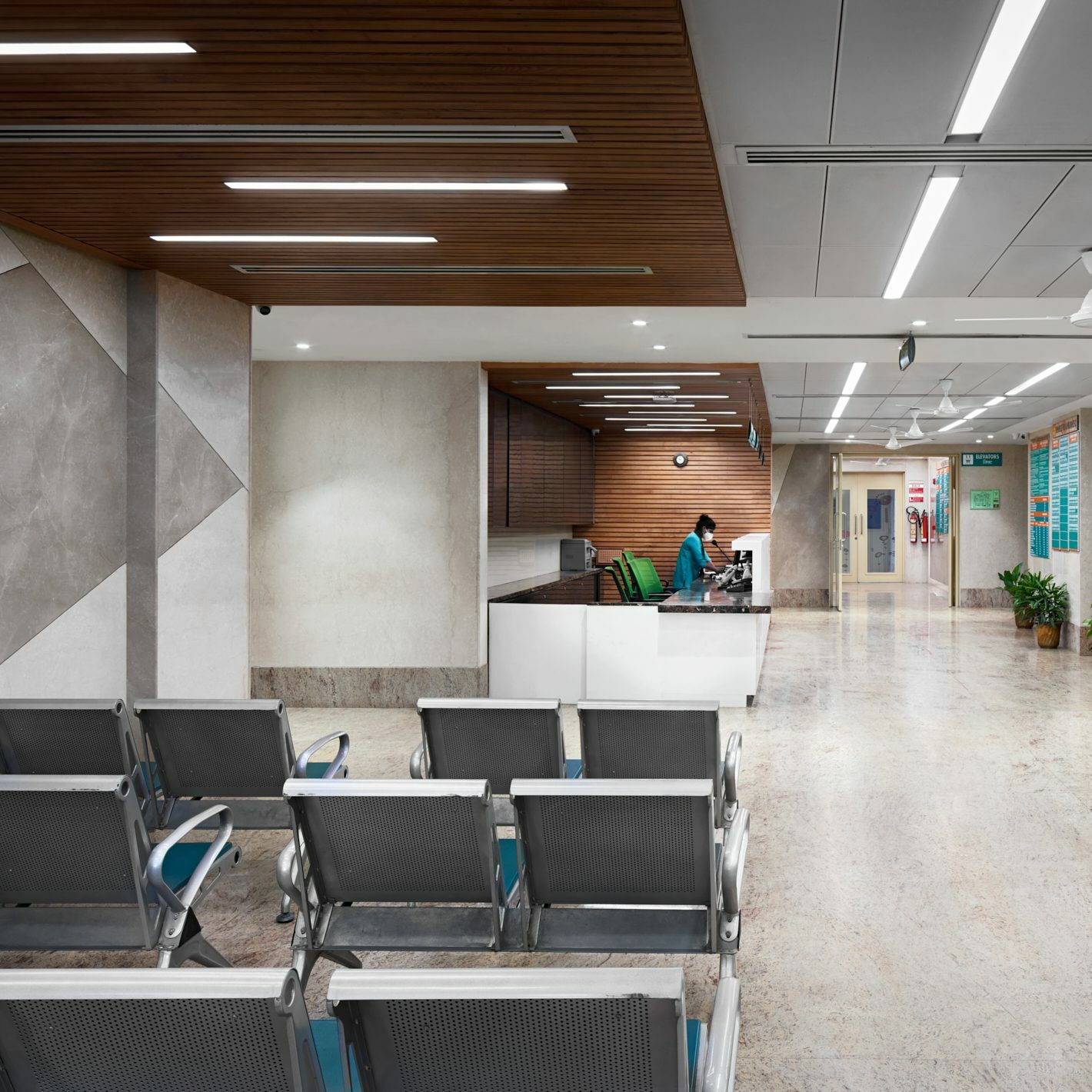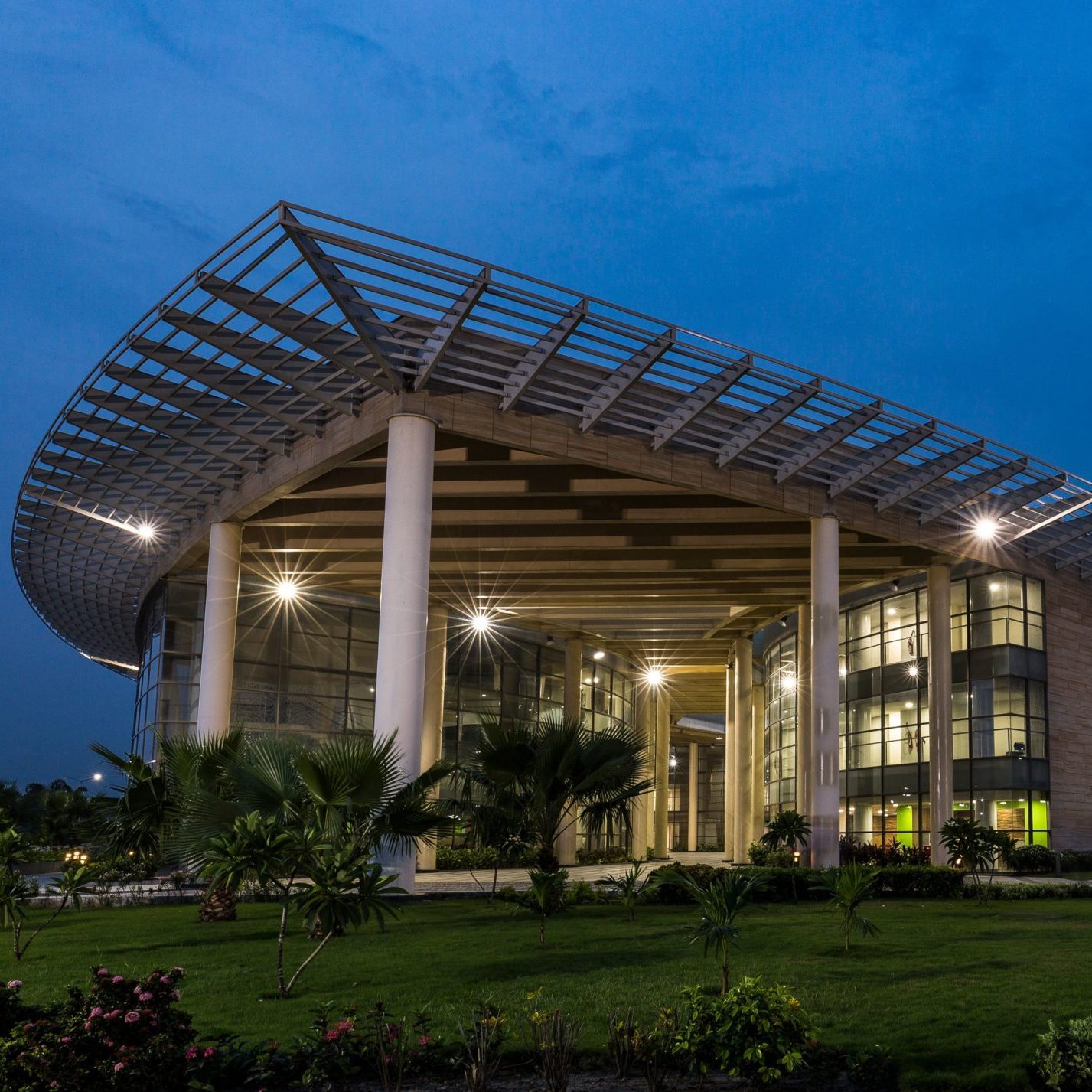Rethinking Architectural Pedagogy: A Path to Empowering Future Architects
When it comes to shaping the next generation of architects, the role of architectural education is crucial. However, there is a growing concern that the current pedagogical approaches and syllabi in architecture schools are not keeping pace with the advancements in materials, technology, and the changing needs of society. There is a need to rethink architectural pedagogy to better prepare students for the dynamic world of architecture. A recent panel discussion conducted by the CoA shed light on some of the measures we as architects could consider.
Embracing Progress
One of the key issues raised is the outdated approach to practical subjects like Building Construction Technology and Material Sciences. The traditional methods and content limit the understanding of the latest advancements and possibilities in design. To bridge this gap, a more progressive approach is advocated, where the syllabi are updated to incorporate the latest construction technologies, materials, and sustainable practices. By aligning the curriculum with industry advancements, students can be equipped with the knowledge and skills needed to navigate the complexities of modern architectural practice.
Cultivating Holistic Thinking
The need to transform the way design studios are approached in architectural education is also emphasized. Instead of treating design as an isolated subject, it should be seen as an opportunity for students to integrate their learnings from various disciplines. By encouraging interdisciplinary collaborations and real-world problem-solving, students will develop a holistic understanding of architecture. This approach will better prepare them for internships and professional practice, where their ability to synthesize knowledge and tackle complex design challenges is paramount.
Beyond Aesthetics
In many architecture schools, evaluations of student projects tend to focus heavily on presentation aesthetics, often leading to a superficial understanding of what makes a good architectural design. The importance of balancing artistic pursuits with technical applied education is highlighted. Real-life projects should be evaluated based on the workability of the design, its responsiveness to context, climate, culture, and user satisfaction. By incorporating these criteria into academic evaluations, students will learn to strike a balance between creativity and practicality, which are essential skills for successful architectural professionals.
Keeping Up with the Times
Concerns are raised about the lack of evolution in architectural education. Many textbooks and design problems remain unchanged, even as the industry rapidly progresses. To bridge this gap, it is suggested that design studio briefs should be rooted in reality, reflecting the constraints and complexities of actual projects. By simulating real-world scenarios, students will be challenged to develop innovative design solutions within practical constraints. Additionally, regular internships throughout academic years, coupled with the final-year internship, will enable students to apply their professional learnings in an academic setting, fostering a more seamless transition into the industry.
Insightful observations shed light on the need for a paradigm shift in architectural pedagogy. By updating syllabi, integrating interdisciplinary approaches, reevaluating evaluation criteria, and adapting to changing industry dynamics, future architects can be better equipped for the challenges they will face in their professional careers. It is imperative that educators, professionals, and policymakers come together to reimagine and redefine architectural education, fostering a new generation of architects who possess the knowledge, skills, and creativity to shape a better-built environment. Only then can architectural education remain relevant and impactful in an ever-evolving world.
Spokesperson: Arti Gugnani, Partner at VGA



